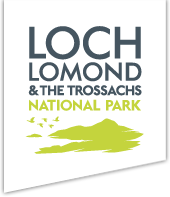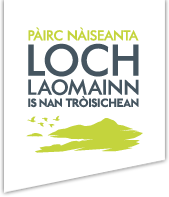
International Day of Forests 2025 – How Your Dinner Could Help Restore Temperate Rainforest
Did you know – your dinner could help restore temperate rainforest?
The theme of this year’s International Day of Forests is ‘Forests and Food’. Food might not be first thing that springs to mind when you visit many of Scotland’s woodlands but they’re home to a great source of sustainable protein that we could all be eating more of – venison from wild deer. The deer found in Loch Lomond and The Trossachs National Park (and indeed throughout Scotland) are naturally woodland species but since the loss of their predators, their numbers have increased to over a million, a level that now threatens these very habitats that they depend on
Our native deer species are an essential part of functioning ecosystems but in most areas their populations are beyond a sustainable level and need to be responsibly managed by stalking and culling. At high densities deer (as well as livestock) can impact vegetation by overgrazing and preventing tree saplings from establishing. They are one of the main threats to the survival and restoration of our native woodlands, including temperate rainforest. Deer densities above the carrying capacity of the environment can also become an animal welfare issue for the deer and their quality of life.
Deer stalking is specialised, labour intensive work, with many years of experience and hours on the hill required to locate and humanely cull deer. This is all the more challenging in woodlands where deer shelter and can be logistically and financially difficult for land managers of smaller holdings and farms.
The National Park Authority is currently running a pilot project to address barriers to deer management in the East Loch Lomond area. The project is looking at how a community deer larder and chiller facility could help local farmers and smaller estates to increase their deer management. The hope is to help reduce damage to native woodlands and other sensitive habitats including peatland, forestry and agricultural crops, whilst creating better access to venison markets and increasing the availability of a local and sustainable product. If successful, the project could be replicated in other areas and community across the National Park, and beyond.
Eating locally sourced wild venison is good for the environment and good for your health. Wild venison is far leaner than other red meats, with around half the calories and a sixth of the saturated fat found in beef.
If you’re thinking of cutting down your meat consumption for sustainability or health reasons, consider choosing Scottish venison instead for your Sunday roast, BBQ, lasagne or ragù and think of the trees that will get a better chance to grow.
Leona Baillie, Trees & Woodland Advisor, Loch Lomond & The Trossachs National Park Authority

